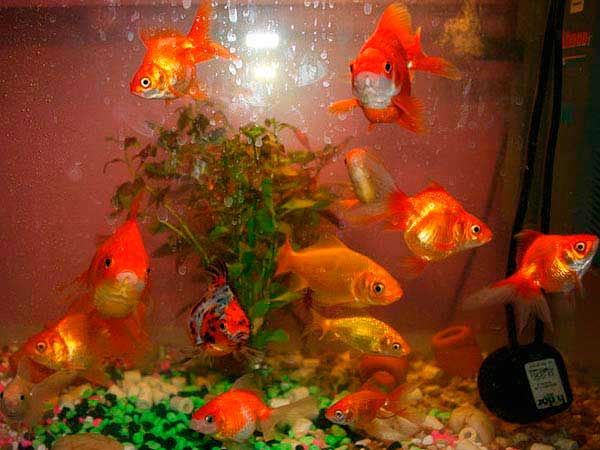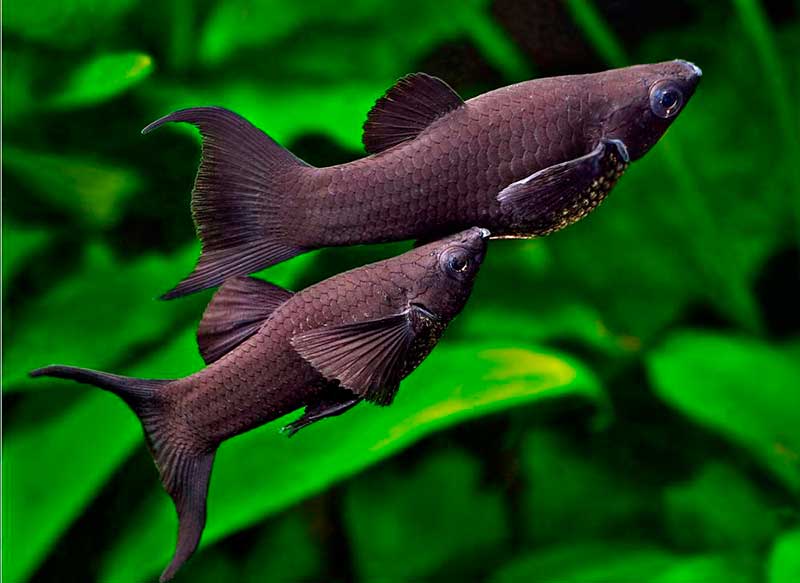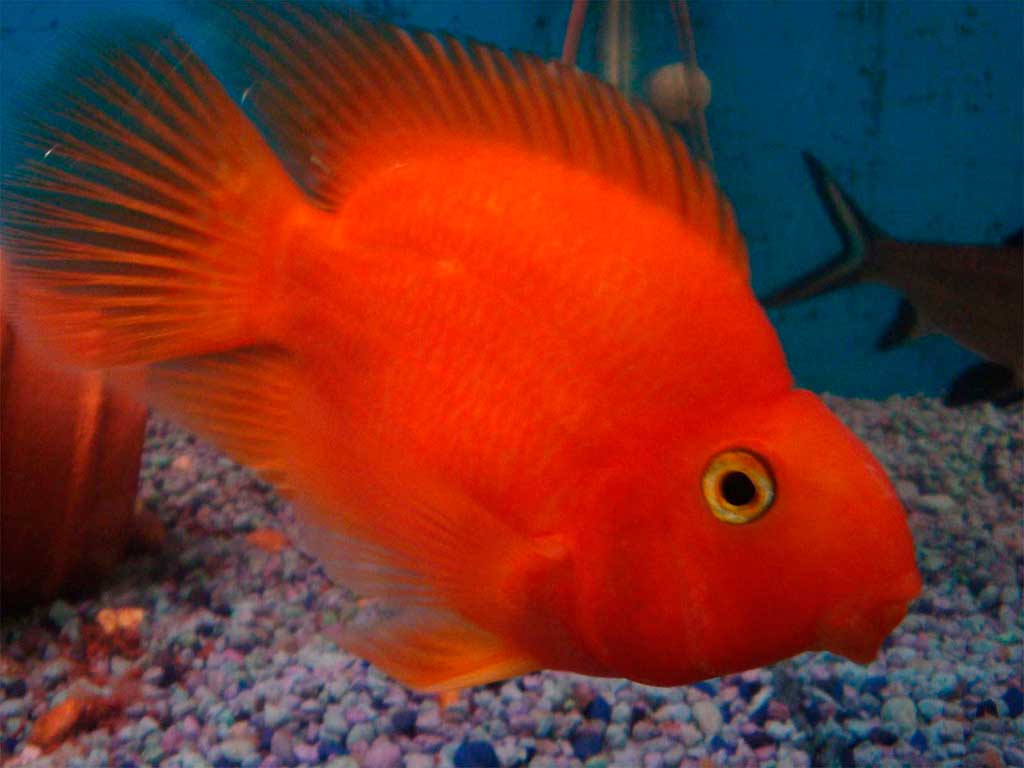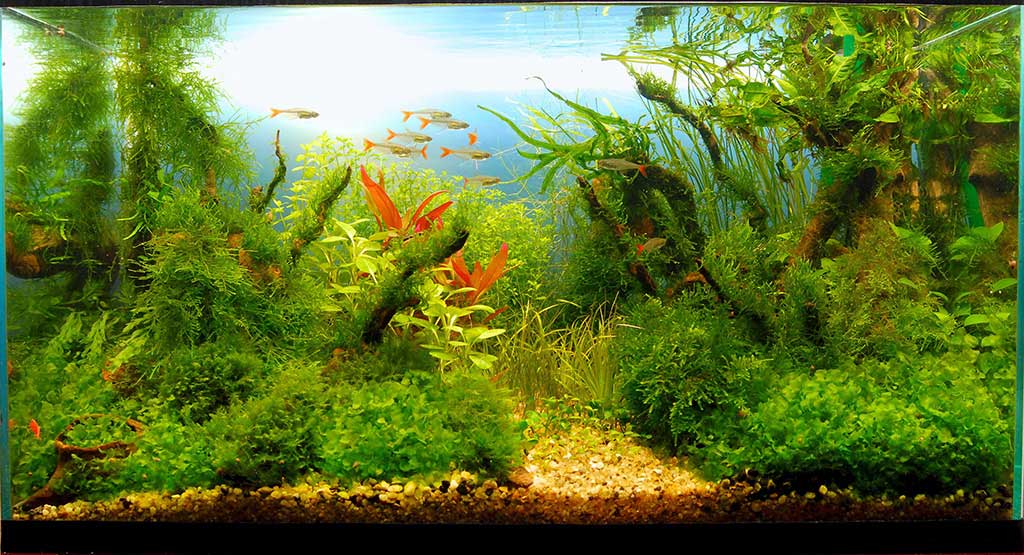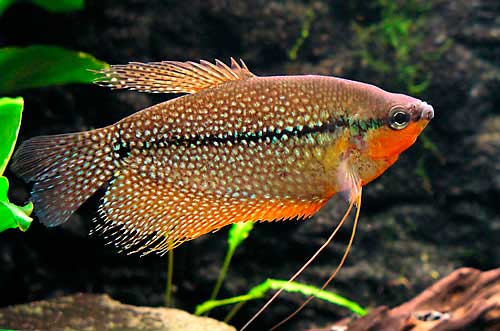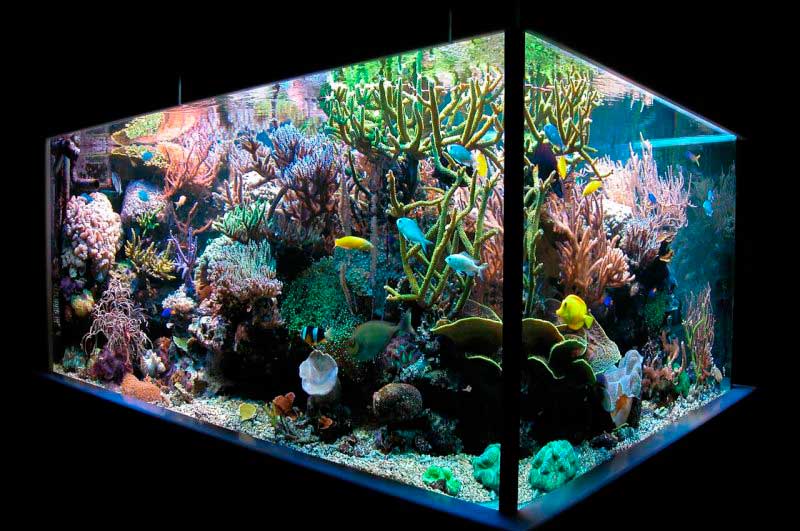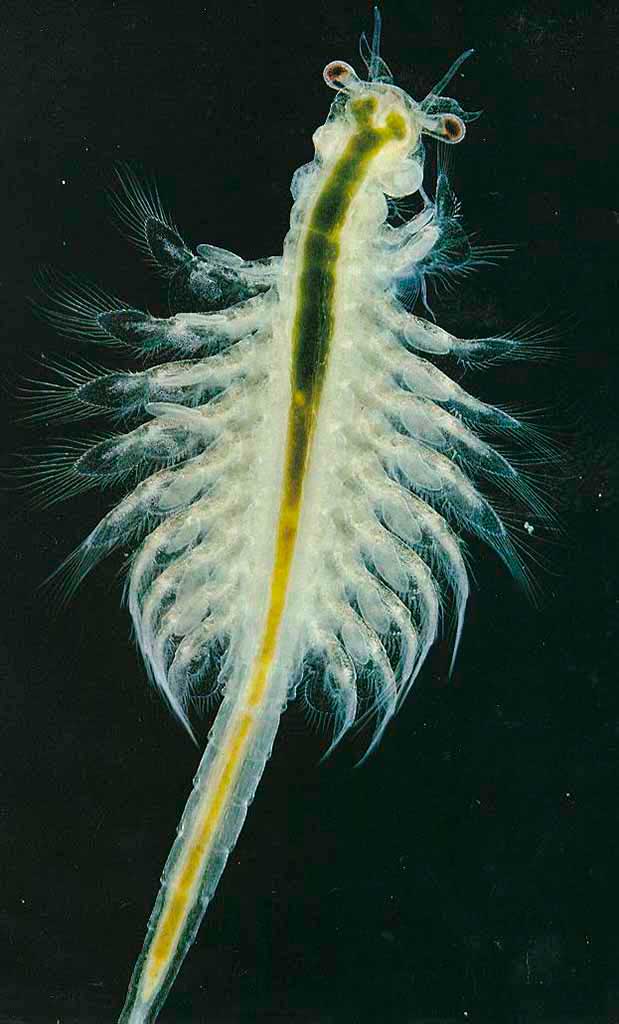Goldfish, perhaps the most famous representatives of the underwater kingdom inhabiting indoor aquariums and pools around the world. During the maintenance of these beauties in aquariums bred several dozen of the main subspecies, each of which includes many more varietetov. Thanks to this variety of shapes and colors, any aquarist can pick up a goldfish to his liking.
Goldfish were bred in China around the 10th century AD. Soon they appeared in Japan and Indonesia, where many Chinese lived. In England and Portugal, these fish came from the island of St. Helena in 1691, from where they spread throughout Europe. In the XVIII century were already very fashionable in high society, Madame Pompadour herself kept in her boudoir aquariums with golden natives of China.
Goldfish are kept either in pools (in Asian countries) or in aquariums. Fish living in aquariums are usually smaller than those living in pools, which can reach 40 cm in length and five kilograms in weight.
Breeding goldfish is not easy at all, amateurs rarely manage to get a litter. Therefore, the main supplier of all fry of this fish for amateurs in Europe are breeding farms, the largest of which is located in France.
The variety of fish of this species is extraordinary. There are breeds of different colors, with a bizarre shape of the tail, bulging eyes, even without dorsal fins.
Goldfish – popular breeds
Currently, there are more than ten breeds of goldfish that amaze every aquarium fish lover with their grace and beauty.
Veiltail
The Veiltail is the most common species of goldfish. Named so for the very long double fins with a large incision, hanging like a veil. Especially valued specimens with pure golden coloration.
Tiger Veiltail
This species is distinguished by the presence of telescopic eyes and the absence of scales. Coloration with blue, red, white, black and golden spots.
Telescoping Veil-tails
Telescopes – have strongly enlarged and convex eyes, for which they got their name. Fish coloration – from golden to black.
Goldfish Cometail
Comet – decorated with a long, exceeding the length of the body, voile tail with a single fin. The color can be red-white or bright red. Multicolored ones are valued more than single-colored ones.
Shubunkin
Shubunkin is usually bluish in color with black, brown, yellow, dark red spots on the body. The scales are transparent.
Pearl
The pearlfish has pearl-like convex and round scales bordered by a dark rim. The coloration of the fish is golden, orange-red, very rarely white.
Lion’s head
Lionhead – wears a large, mane-like skin growth on the gill covers. This growth, which covers the entire head of the fish, appears at the age of three months.
Oranda
Oranda is also characterized by growths on the head. The most valued is the white fish with red growths (redspotted). This fish is one of the most expensive. The usual coloration of oranda is mottled, golden, red, black.
Goldfish Pompon
Pompon is a rare species. It is characterized by a short body and fins of red-gold coloration. On the nose there is a fatty formation resembling a pompon, sometimes two, symmetrically arranged.
Egg-shaped goldfish
An egg-shaped goldfish with an egg-shaped body and small fins. There is no dorsal fin at all.
Verkhoglyad
or Heavenly Eye has an ovoid body and convex eyes with the pupil pointing upward.
These are the main, but not all breeds of goldfish that can decorate any aquarium. But it is not easy to keep these finicky beauties. In addition to the fact that all their beauty, in the form of long veil-shaped tails and bulging eyes, very easily damaged by other fish or sharp underwater objects, as well as the requirements for keeping goldfish are high.
The norm of water volume in the aquarium for one goldfish is 2-3 times more than for other fish species. They are very sensitive to fluctuations in water temperature, which for them should be 18-24 degrees Celsius. Goldfish are fans of digging in the soil, so they damage delicate live aquarium plants. And, most importantly, they are very susceptible to various fish diseases.
If you are not afraid of the difficulties involved in creating and maintaining special conditions for goldfish, you will be able to enjoy their unique shapes and colors of Goldfish in your aquarium every day.
